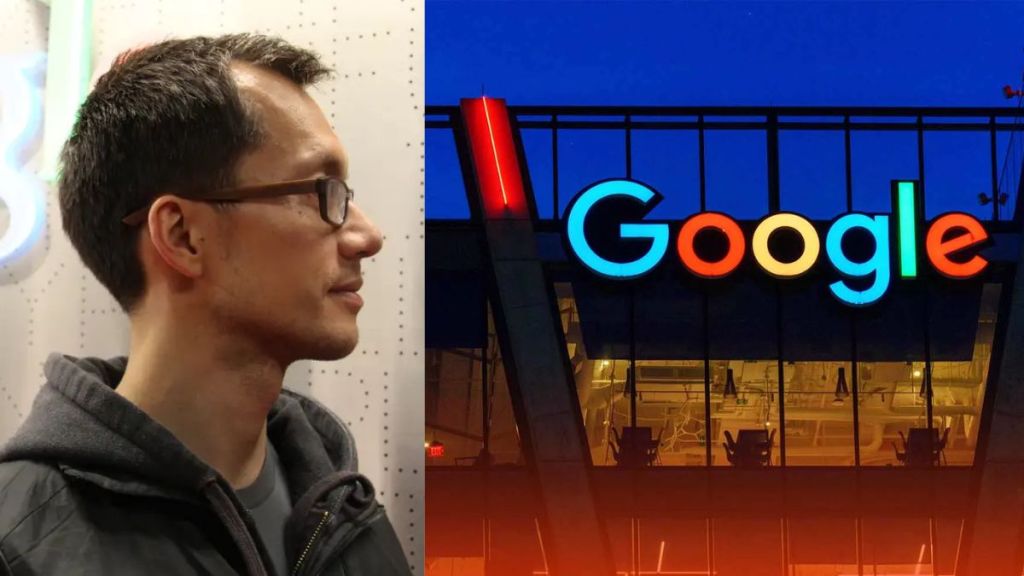Patrick Leung’s journey into the world of artificial intelligence began at Google in 2007, when he joined the company as a manager on the Google Checkout team.
Leung, who had previously run his own SaaS company, had always been drawn to transformative technology. He was immediately amazed by the revolutionary atmosphere at Google, a place where it felt like anything was possible.
But it was not until he saw an early demo of Google’s AI assistant, Duplex, that he truly understood the future of technology.
“I was blown away,” Leung recalls to Business Insider. One day, he asked a colleague who had recently moved to a new team what she was working on, but the colleague said she could not really discuss it. It was unusual for someone to be so secretive about their work, which piqued his curiosity. She then spoke with the colleague’s manager, who showed her an early demo of the project, initially called Blue Ginger, which later became Google Duplex.
The project involved an AI capable of calling a restaurant and making a reservation. Even at that early stage, the AI’s voice sounded remarkably realistic, reminiscent of the movie Her. He was amazed. Following this, he had several conversations with the team manager so he could determine if he would be a good fit
He also highlighted previous career accomplishments and ability to contribute ideas quickly. It is likely that the manager chose him based on a combination of her communication skills and track record at Google, where he had launched other products and established her credibility
The secret of breaking into AI
Leung faced a steep learning curve when he transitioned to the Duplex team. Although he had experience working in software development and had been exposed to machine learning, he was far from an AI expert.
To succeed, he had to quickly adapt to the fast-moving world of AI and machine learning.
“I had to retool myself,” he admits to Business Insider. Even though he had some experience with AI concepts, He was working with a team that was actively building models. So, he had to learn the ins and outs of how these systems worked on the fly.
But Leung’s path to success was not just about acquiring technical skills. It was his real-world experience that made the difference.
According to him, the most important thing for anyone wanting to break into AI is to apply it to real-world business problems,”
“Start building something tangible. Even if you are not in a tech role, find a way to use AI to solve real business challenges. It could be anything, from personalising emails to analysing customer data.”
Leung points out that the barrier to entering the AI field has never been lower. With accessible tools like large language models (LLMs), even people without a coding background can make an impact.
“If you’re looking to work in a certain area, it would probably help if you built a system that was directly applicable to it, but it could even just be something you’re interested in, like summarising movie reviews,” he told Business Insider.
According to him, the barrier to getting involved in this field is lower than it’s ever been. You no longer have to train your own model; you can just start talking to the large language model and do interesting things. You don’t need to be an expert in machine learning to make things happen.
The lesson that has stayed with him throughout his journey is clear: real-world application is the secret ingredient for anyone wanting to break into or succeed in the AI field.
The best way to get started is to dive in and start applying it, whether in your job or through personal projects.

